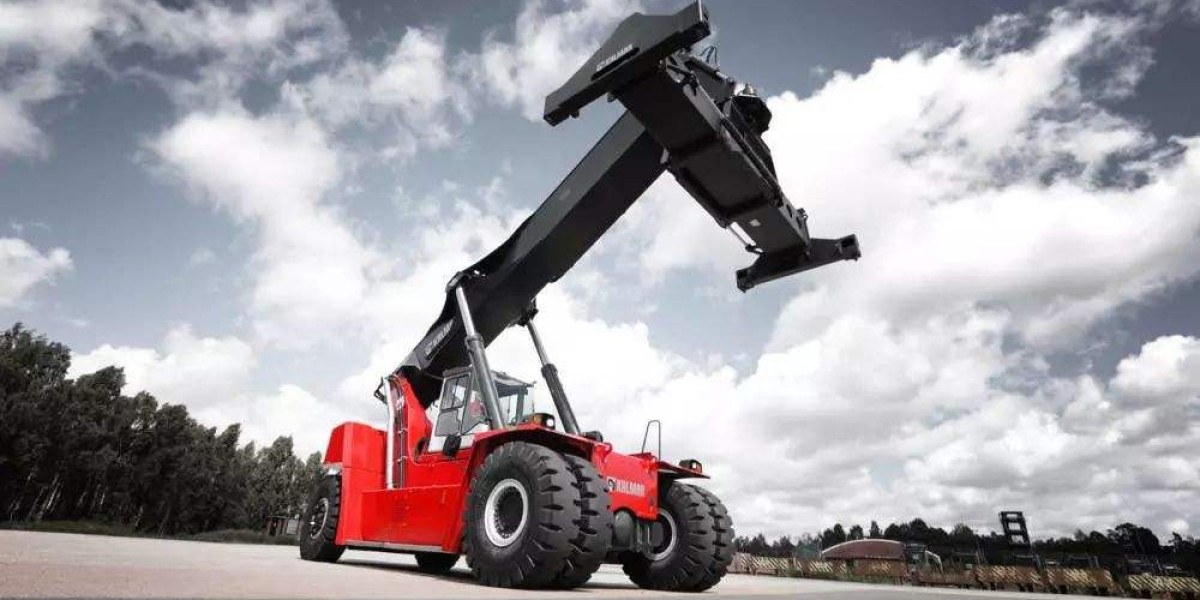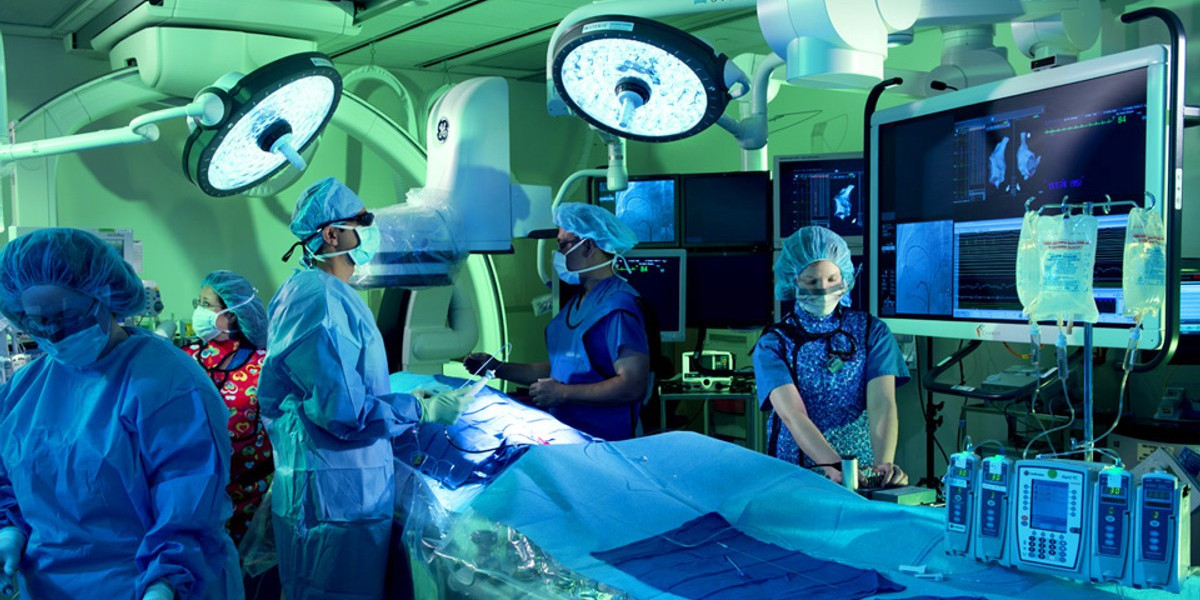This Reach Stackers , also known as horizontal stacker, is a type of cargo handling equipment that is designed to stack containers in ports and logistics terminals. With a telescopic boom that reaches out horizontally to pick and release containers, these stacker provides efficient stacking and transport within limited dock space.
Key Features of Reach Stackers
These stackers come equipped with some key features that allow them to effectively handle container stacking.
Some of the main features include:
- Telescopic Boom: The telescopic boom is the main operational component that extends horizontally to pick and place containers. Modern booms have a stacking height of 6-9 container blocks.
- Cabin: The reach stacker cabin is designed for comfort and convenience of the operator with all controls in easy reach. It provides excellent 360-degree visibility for safe operation.
- Engines: Heavy-duty diesel engines ranging between 100-400 horsepower power the reach stackers depending on required lifting capacity. Fuel-efficient engines are common.
- Chassis: The chassis is designed with sufficient strength to carry heavy loads and features twin steer wheels at the front and four large wheels enabling maneuverability.
- Spreader: An integral part of reach stackers is the spreader that grips the containers. Modern units have spreaders that automatically adjust to standard container sizes for error-free stacking.
Applications of Reach Stackers
These stackers handle a wide range of stacking and transportation tasks efficiently at ports, terminals, and warehouses. Some common applications include:
- Container Stacking: Stacking containers is the main role of these stackers who can quickly pile 1-6 boxes high depending on required load.
- Empty Container Placement: These stackers place empty containers in yards accurately based on shipping documents and availability.
- In-terminal Transport: They transport loaded and empty boxes within yards for sorting, stacking, loading, and customs clearance activities.
- General Cargo Handling: Besides containers, they also handle big bags, bulk cargo, and odd-sized items within terminal premises effectively.
Advantages of Reach Stackers over Other Equipment
When compared to other cargo handling equipment like top handlers, straddle carriers, etc. these stackers offer some distinct advantages:
- Space Optimization: With ability to stack boxes sideways as well as front-to-back, reach stackers optimize limited terminal space better.
- Mobility: Their maneuverability allows these stackers to navigate tight distances between different stacks easily.
- Versatility: In addition to stacking, they provide efficient transportation within yards, docks replacing use of multiple machines.
- Productivity: Faster stacking cycles and greater work rates enable reach stackers to achieve higher container/hour productivity.
- Driver Comfort: The spacious ergonomic cabin with ample visibility enhances safety and reduces driver fatigue over long duty hours.
- Cost Efficiency: Overall lower acquisition and operating costs compared to other specialized equipment make stackers cost-efficient.
Technology Advancements in Modern Reach Stackers
Vertical stacker technology is continuously evolving to further enhance operational efficiency, safety, and driver convenience. Some notable advancements include:
- Telematics Systems: Integration of fleet management telematics provides real-time location tracking, fuel usage reports, working hours monitoring etc.
- Safety Systems: Stability control systems, obstacle detection sensors, auto-speed limitations in turns prevent accidents. Camera systems aid visibility.
- Automation: Advanced models feature semi-auto stacking programs that detect container positions auto-adjust spreaders, optimizing cycles.
- Engine Technology: Tier 4 Final compliant engines reduce emissions without hindering horsepower output. Hybrid options improve fuel efficiency further.
- Ergonomics: Features like joystick controls, larger displays, comfortable suspension seats improve driver experience drastically over older units.
Future Outlook for Reach Stackers
The worldwide vertical stacker market size was estimated at approximately USD 2.5 billion in 2021 and is projected to register healthy growth rates in the coming years driven by:
- Globalization and increased containerized trade volumes promoting port infrastructure upgrades and new facility development.
- Rising adoption in non-port applications like freight villages, rail terminals handling normalized containers.
- Investments in automation and technology integrations making equipment more productive and driver-friendly.
- Focus on zero-emission equipment transitioning these stackers to electric, battery, hydrogen fuel cell powertrains over the long run.
To conclude, the versatile stacker will continue as a dominant player in container yards for its stacking and mobility suitability. Technology progress will facilitate greater autonomy and sustainability, cementing its role even more in future cargo handling infrastructure.
Read More Insights On- Reach Stackers



